How 3D printers improve jewelry casting
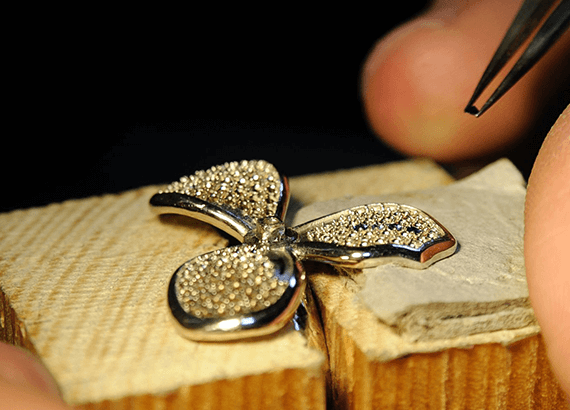
A jewelry piece casted with a 3D printed investment pattern.
Jewelers face three major challenges in their work
-
Customers expect their jewelry to have exclusive look and feel
-
Traditional jewelry making techniques are time-consuming and hard to master
-
Each change in the design requires a new investment pattern
Simpler workflow
An entire jewelry casting tree can be 3D printed in a matter of hours with no need for a traditional, multi-stage assembly process.
Less human labor
A resin 3D printer can produce multiple jewelry casting trees in a single day making the process less labor-intensive and more cost-efficient.
Intricate details
Desktop resin 3D printers can work with microscopic precision, so small yet intricate features can be included in jewelry designs.
Easy implementation
High quality castable resins have physical properties nearly identical to wax, so they can be processed with the same set of tools and used with the same investments.
Workflow in jewelry making with resin 3D printers
Jewelers can implement implement resin 3D printers following four simple steps. Here's how it works.

Step 1: Prototyping
Multiple iterations of a design are 3D printed with standard resin.

Step 4: Casting
The pattern is used to make a mold for the target material.
Step 2: Fitting
3D printed models are used for fitting and gathering customer's feedback.

Step 3: Investment pattern
Castable resin is used to 3D print an investment pattern of the final design.

Step 1: Prototyping
Multiple iterations of a design are 3D printed with standard resin.

Step 2: Fitting
3D printed models are used for fitting and gathering customer's feedback.

Step 3: Investment pattern
Castable resin is used to 3D print an investment pattern of the final design.

Step 4: Casting
The pattern is used to make a mold for the target material.
Resin 3D printer at a jeweler's workshop
Resin 3D printers working with castable resins improve productivity without disrupting established processes in jewelry
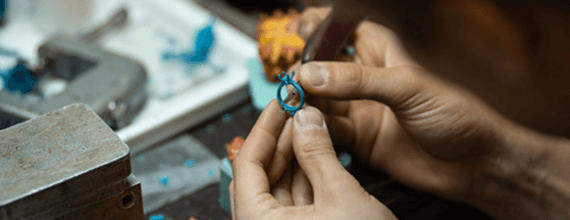
Some castable resins can be hand-shaped after printing to achieve intended level of detail
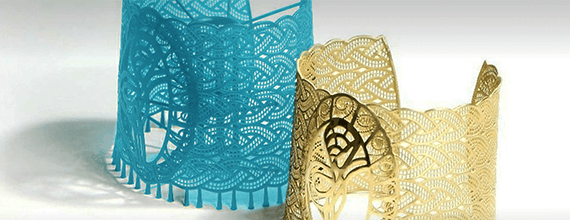
Resin 3D printers are precise enough to print inticate, filigree desings out of castable resins.
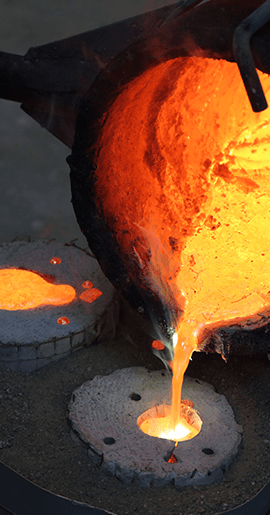
3D printed patterns have the same burnout properties as wax.

Resin 3D printers can print even relatively large desings.
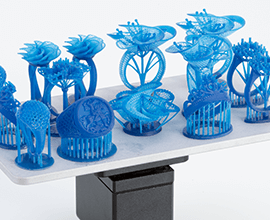
Multiple models can be printed in one printing session.
3D printing technologies for jewelry making
Jewelers typically use a resin 3D printing technology like Zortrax UV LCD with different photopolymers chosen based on the design's features.

Filigree designs
Intricate light-weight middle-eastern style jewelry is made with highly precise cartable resins like BlueCast LS Original.
See more
Small designs
Small designs like engagement rings are made with dimensionally accurate castable resins like BlueCast X5
See more
Large designs
Investment patters of large designs need resins like BlueCast X10 that combine smooth surfaces with excellent burnout properties.
See more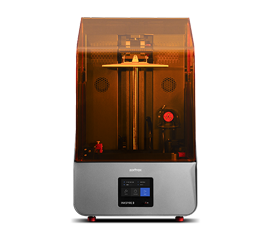
Precise models
The UV LCD technology in Zortrax Inkspire is considered the most suitable for jewelry casting due to its high precision and speed.
See moreUser stories
Read more about the impact 3D printing technology has on businesses that have implemented it already.